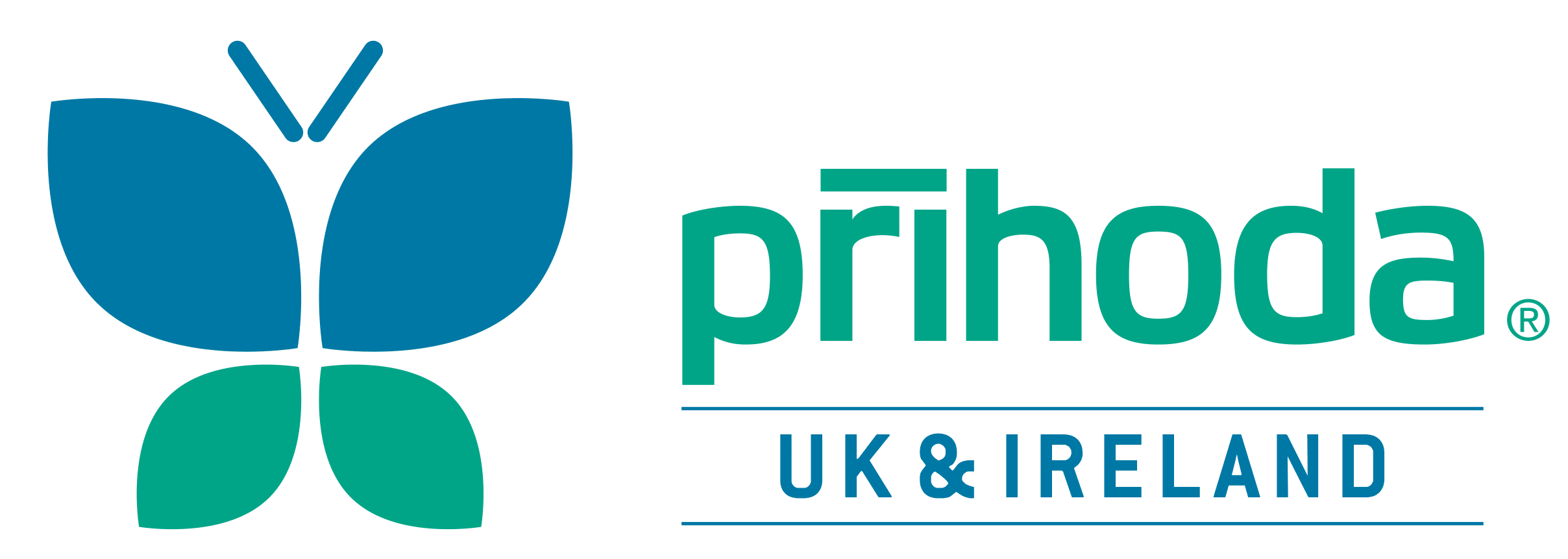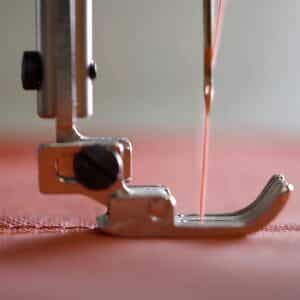Made To Last: Why We Make Our Air Socks The Way We Do

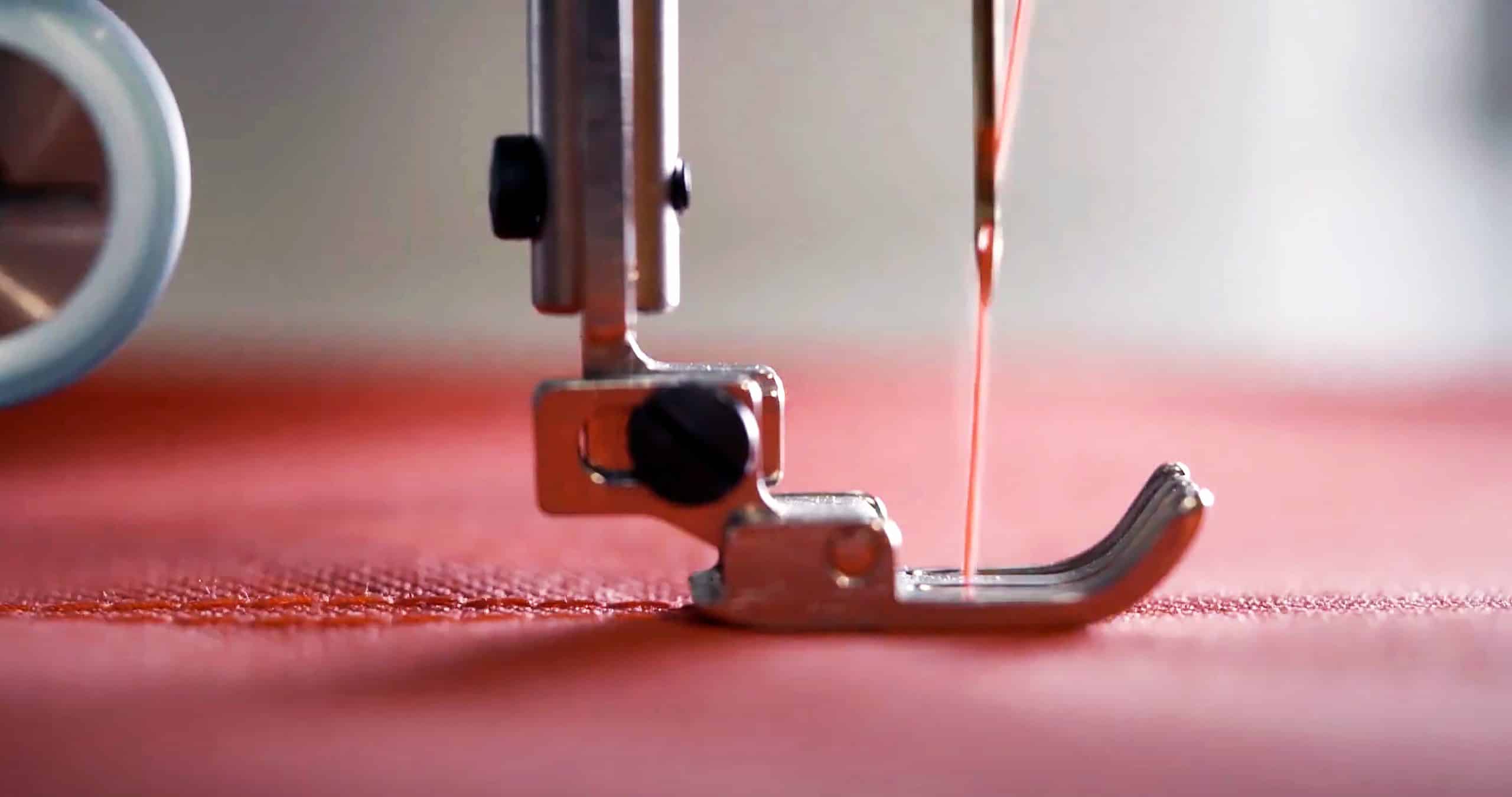
At Prihoda, we design all our products from first principles. We carefully select the scope, features, materials, and every detail that makes each product something we can be proud of. This includes the manufacturing methods used for each element. Prihoda has chosen a range of production processes and techniques designed to achieve the best possible results and preserve all the benefits of using fabric ducting.
How do we make our fabric ducts and diffusers?
These are some of the techniques we use in our manufacturing process:
Sewing
With textile ducting, sewing represents the bulk of the production process. A duct is only as strong as its weakest seam; that’s why it’s so important to sew the seams well. We use double seaming techniques to achieve a textile strength of 900N at the fabric joints. Sewing is not just for duct seams either: the zippers are also sewn in, as are all nozzles with a diameter above 80mm.
Used for: duct seams, large nozzles, zippers
Advantages: strong seams and attachments
Sonic welding
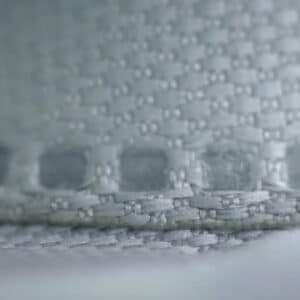
Used for: small nozzles, pockets, SquAireTex
Advantages: reliable results, very quick, forms a strong bond
Laser cutting
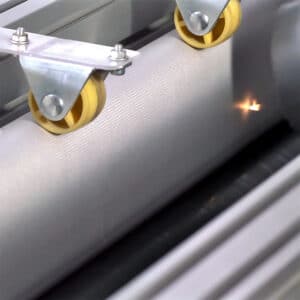
Used for: all perforations, including microperforations
Advantages: clean edges, high precision
Why in-house?
We choose to manufacture in-house to ensure the highest quality standards. By using our own production facilities, we can rapidly identify opportunities for improvement of our manufacturing methods and products. We can also commit to responsible production practices, never compromising on our core values.
Standards we follow: ISO 9001:2015 (quality management), ISO 14001:2015 (environmental management)
Talk to us
We can help you find the best ducting solution for your commercial or industrial ventilation needs. Contact us using the form below to discuss your requirements or to request a free, no obligation quote.
Looking for more information?
Our experts are on hand to answer any questions. Why not give us a call or drop us a message, We’ll work with you to find the right solution.
Contact us